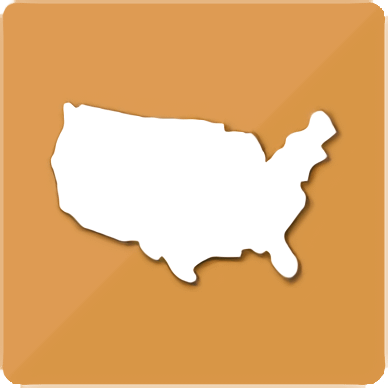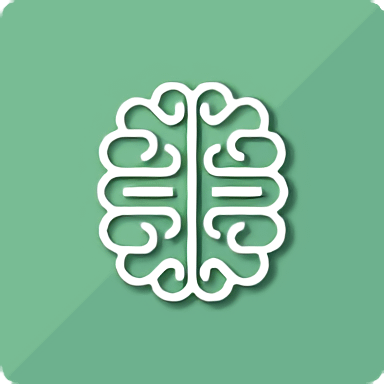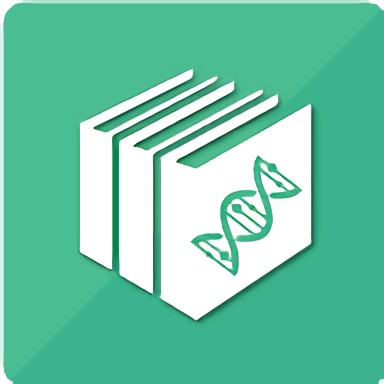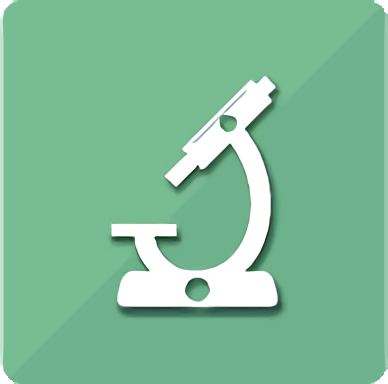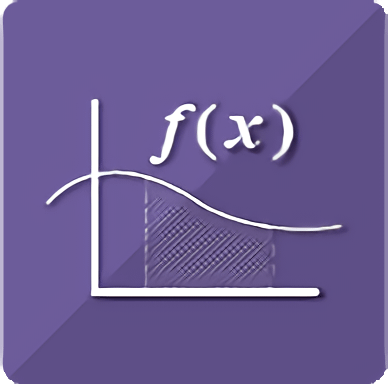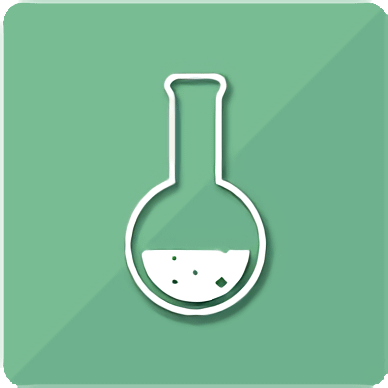American History [Credit Recovery]
$250.00Course Description
American History takes students on a journey through the key events that have shaped America as a nation, from the end of the Civil War in 1865 to the height of the Cold War in 1980. The journey begins with Reconstruction, a period of great transition and opportunity to heal a broken nation. Students witness the great migration westward and explore how the Industrial Revolution and waves of immigration fueled the flames of the American spirit. The course details the challenges America faced and the elusiveness of equality for populations of Native Americans, African Americans, immigrants, and women. Students learn how the core values of the founding fathers eventually prevailed and led to the women’s suffrage and civil rights movements. The course closely examines the impact of war, with units covering the role of the United States in World War I, World War II, the Korean War, and the Vietnam War. Throughout their journey, students encounter the great political, industrial, military, and human rights leaders who shaped America into a beacon of hope
Course Breakdown
Reconstruction
Slavery and civil rights
Western expansion
Government versus businesses
Nineteenth Amendment
Reforms
Culture of the 1920s
The Great Depression
The New Deal
World War II
Bay of Pigs Invasion
Civil rights movement and nonviolent protests
Course Goals
Explain the different Reconstruction plans after the Civil War in the United States.
Identify the reasons for western expansion and describe its effects on Native Americans.
Explain the reasons for reform movements in the early twentieth century and assess their impact. Explain the changes in the culture of the United States that were seen in the early 1920s.
Identify the reasons for World War II and explain why the United States got involved.
Compare the different ideas about foreign policy that arose in the United States after World War II.


